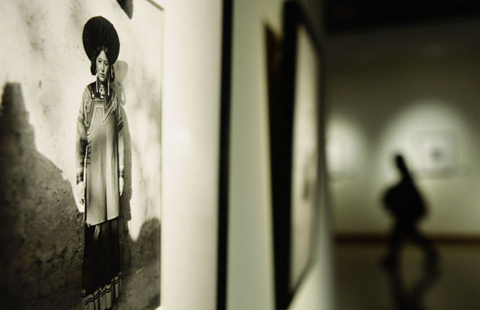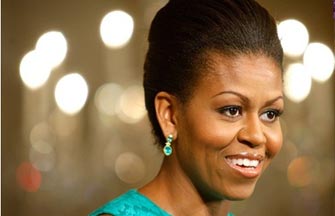Beijing, Beijing, where are you?
By Pauline D. Loh ( China Daily ) Updated: 2013-10-22 09:21:24My better half grew up in a hutong a stone's throw from revolutionary writer Lu Xun's first home near the Forbidden City. My mother-in-law still lives in the old courtyard house at Caishikou, a home where she has spent the better part of 90 years.
Every weekend we visit, I see changes taking place all around us. An office tower casts a dark shadow on the alley from the southwest corner, and the metro station is at the doorstep, with more digging going on to expand the line.
Across the road, a housing development has replaced the row of ancient single-story houses that used to sell tripe and liver soup, and mutton-shank hotpots. They also provided outdated services such as knife-sharpening and cobbling shoes.
Our mother's hutong is under national heritage protection, thanks to our illustrious neighbor once upon a time, but we had once considered buying an apartment here to be nearer the old lady. However, at 40,000 to 50,000 yuan ($6,557 to $8,197) a square meter, it was priced way beyond our reach as salaried journalists.
The government may have tried to impose property restrictions, but it seems like a battle between an irresistible force and an immovable object.
Perhaps this micro-blogger says it all:
"Beijing is no longer Beijing.
"The original inhabitants have all moved to Huilongguan, Daxing and Yizhuang.
"All that's left are Houhai bars and restaurants for expatriates, residences in Nanchizi for officials, tourist traps at Liulichang and the souvenir market at Hongqiao.
"Beijing is not about Line 8, Line 4 or 5 on the Metro line. It is the red and white public buses that were slow and steady but never caught in traffic gridlock. It is about bicycles with crowbar handles with a basket in front for shopping.
|
|
|
|
|
|
|
|

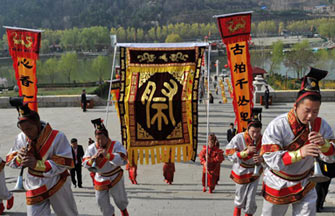
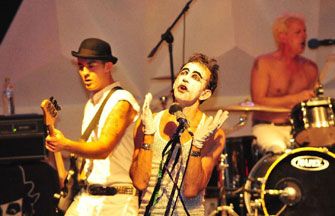
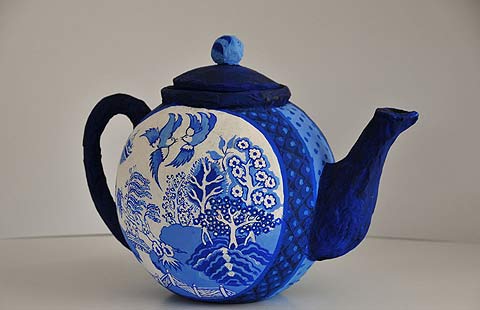






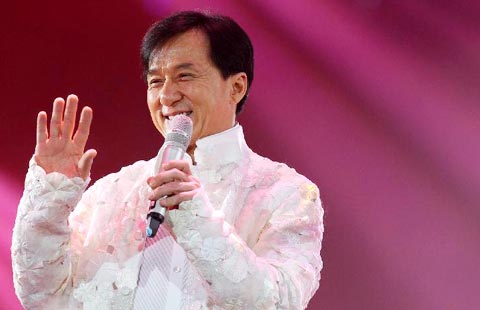




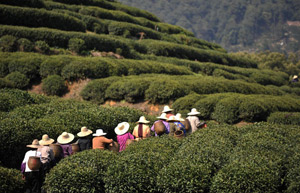


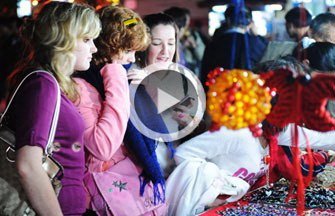
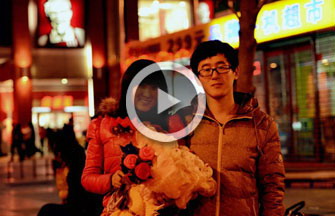
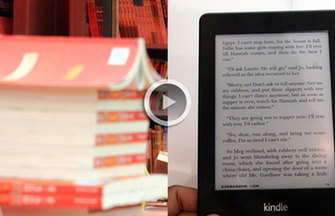
 Raymond Zhou:
Raymond Zhou: Pauline D Loh:
Pauline D Loh: Hot Pot
Hot Pot Eco China
Eco China China Dream
China Dream China Face
China Face



